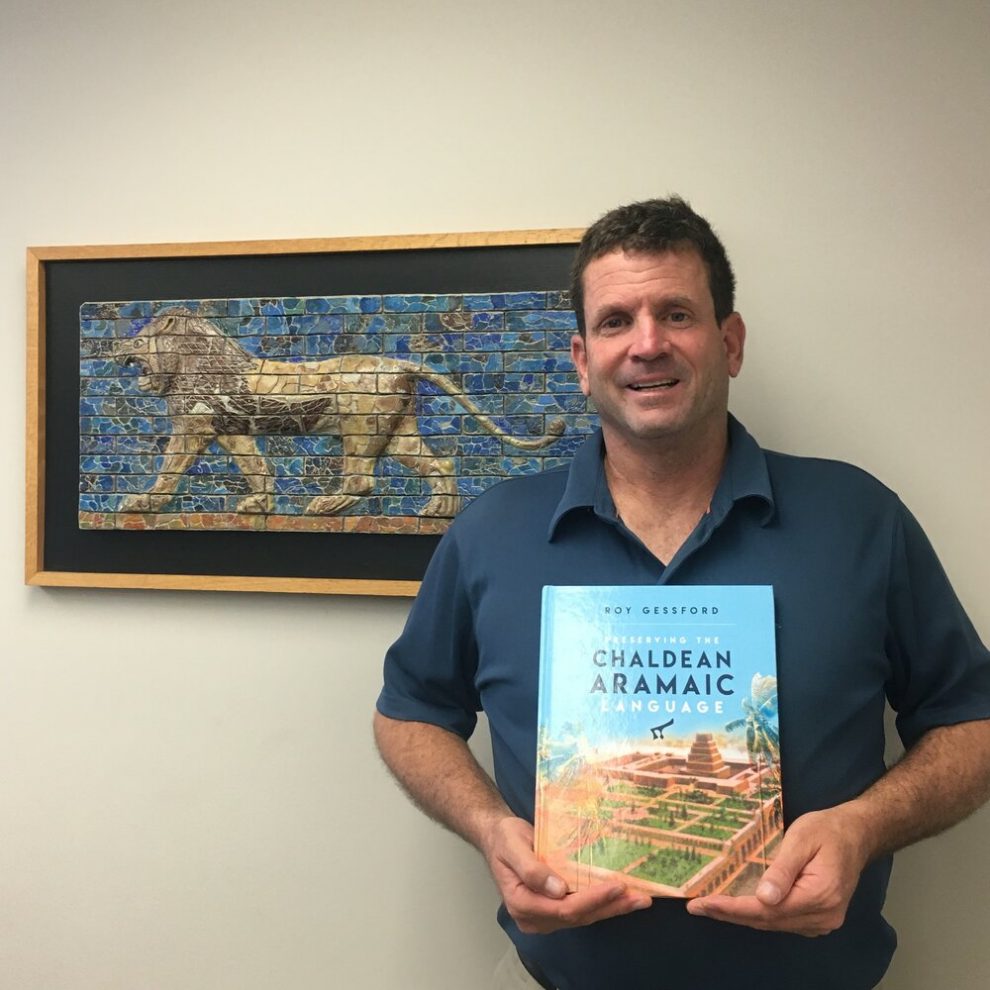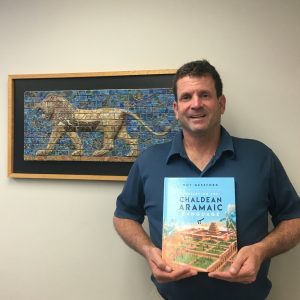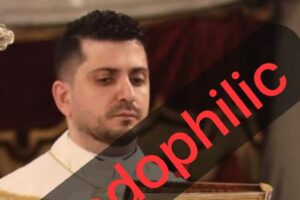In a recent visit to Philadelphia, Let in the Light Publishing founder, Roy Gessford, shared books on Aramaic and Chaldeans with the reverend at Christ’s Church, the very church George Washington, James Madison, and other signers of the United States Constitution worshipped at while writing the Constitution. Thomas Jefferson later worshipped at Christ’s Church when writing the Bill of Rights. Gessford also shared his talk on the Aramaic version of the Lord’s Prayer with a Christian church in Philadelphia.
In addition, Gessford met with representatives from the Pennsylvania Bible Society and the American Bible Society. The Pennsylvania Bible Society, located at 701 Walnut St. #1, was founded in 1808, and is the oldest active bible society in the United States. The American Bible Society, which recently moved its headquarters from New York to Philadelphia, runs the Faith and Liberty Center, a museum in the heart of the city dedicated to showing the relevance of the Holy Bible to American society.

While in Philadelphia, the city of brotherly love, Gessford took time to share books written by Chaldeans with folks at the University of Pennsylvania Museum. The Near East Collection at the University of Pennsylvania is one of the finest in the United States and has a great Mesopotamian section. The UPenn Museum was founded in 1887 and sent the first U.S. archaeological expedition team to Nippur and later to Telle Gawra. The Near East collection contains more than 100,000 artifacts.


The museum contains a tablet and disk attributed to Enheduana, a priestess, and daughter of King Sargon. Enheduana, who lived around 2,300 B.C., was a skilled poetess and hymnist. Enheduana’s hymns were in circulation 1,000 Year after her lifetime. Enheduana is the first named author in recorded history.

The museum also houses many other beautiful objects. Of interest is one of two “Ram in the Thicket” statues (the statue being a goat not a ram) from Ur dating back to 2,500 B.C. The handcrafted statues contain gold, silver, copper, shell, limestone and lapis lazuli. The second statue is in the British Museum. British archaeologists Leonard and Katherine Wooley, under the auspices of UPenn, are credited with finding the figurine in the “Great Death Pit” of the cemeteries of Ur in the 1920’s.

The UPenn Museum is currently open Monday thru Saturday from 10-5 pm. Admission is $18 and there are discounts for children, students, and seniors. We are still working on getting free admission for all Chaldeans!
Visit https://www.penn.museum/ before your go for the latest information.
Site Staff


















